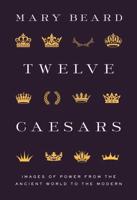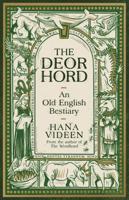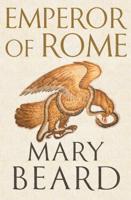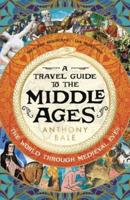Publisher's Synopsis
*Includes pictures *Includes medieval accounts of various battles during the Crusades *Includes a bibliography for further reading *Includes a table of contents "I, or rather the Lord, beseech you as Christ's heralds to publish this everywhere and to [persuade] all people of whatever rank, foot-soldiers and knights, poor and rich, to carry aid promptly to those Christians and to destroy that vile race from the lands of our friends. I say this to those who are present, it is meant also for those who are absent. Moreover, Christ commands it." - Pope Urban II, 1095 When a crusader army of Western European Franks took Jerusalem by storm on July 15, 1099, it was one of the more unexpected conquests in history. Everything seemed to be against them for the previous three years of crusade, right up to the final siege, and yet they finally prevailed. And when they did, they massacred most of the population before establishing a Christian realm in a region that had been taken over by the Muslims in 634. Ironically, this First Crusade is a difficult and polarizing event, even among modern historians, despite the fact it went largely unnoticed in the Islamic world at the time. For some, the crusaders were heroes and saints, and for others they were devils who disrupted the peaceful local sects of Muslims, Jews and Christians, establishing an alien colony that heralded modern European imperialism. Debate over whether the Crusades can truly be perceived as an early example of European colonialism continues in medieval historiography, though the evidence for this is thin. The territory taken by the Franks from the Turks had previously belonged to Eastern Christians and had only recently been seized by the Turks themselves. The Crusaders themselves saw it as a holy war of reclamation of previously lost, albeit almost-mythical, territory, and to them, the Muslims were the first aggressors. They were somewhat bolstered in this view by the support that they largely held from local Christians. These territories, which came to be known as the Crusader states, were relatively small and weak, and while they nominally aimed to be a bulwark of Christianity in the Holy Land, the Crusader States were reconquered centuries before modern European colonialism began. Nonetheless, the Crusades and the Crusader States galvanized the Christians of Western Europe to expand their world. While it remains unclear how much that world expanded in practical terms such as trade, or how it affected later attitudes during the expansion to the New World and other regions, it definitely engaged the European mind in both positive and negative ways. As such, the crusades soon achieved near-mythic status in the European literature and remain among the most important events of the Middle Ages. At the same time, the Crusader states were not one homogenized region but actually several distinct territories that had their own unique histories and interests. In fact, many of them were founded a century apart, with the Kingdom of Antioch established in 1097 and the Duchy of Cyprus in 1191, and they stretched across the Near East and the Mediterranean. As such, each one had different political, religious, and economic characteristics. Some of the smaller ones were tributaries to the larger states, and while some states like Antioch and Constantinople had a land-based feudal order, others like Cyprus were wholly owned subsidiaries of the Venetian oligarchy. The Crusader States: The History of the European States Established in the Middle East during the Crusades analyzes the controversial history and legacy of medieval Christianity's front lines during the crusades. Along with pictures depicting important people, places, and events, you will learn about the Crusader states like never before, in no time at all.






